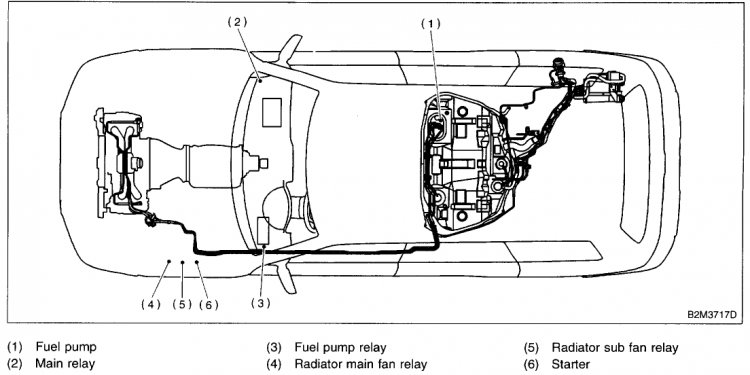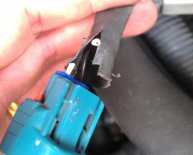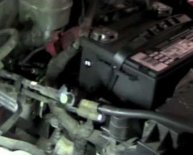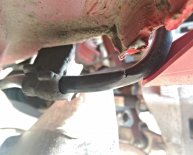
Evaporative Emission Control System Malfunction
The error code P0440 is associated with an evaporative emission control system malfunction. It indicates that there is a part of the EVAP control system not functioning as it should. The EVAP system is comprised of different parts which include the gas cap, carbon canister, fuel lines, purge valve or any other hoses.
The EVAP discharge control system prevents the escape of fuel vapors from the fuel system of the vehicle. The fuel vapors are routed through the hoses to the charcoal container for storage. Later, if the engine runs, the purge control valve will be opened, allowing the intake vacuum to draw the fuel vapors to the car’s engine.
Definition
The EVAP or Evaporative Emission Control System is utilized in order to prevent the gasoline vapors from leaking in the environment which comes from the car’s fuel tank as well as in the fuel system. This system typically does not require maintenance, yet faults may take place with Check Engine lighting that prevents the car from passing the OBD II plug in emission testing. The most typical fault code associated with EVAP is the P0440, which may indicate a significant leak that is usually a loose-fitting gas cap. Primarily, this code indicates there was something within the EVAP system which was malfunctioning. Another code would generally accompany this error code, which is frequently from the P044X series.
Common Symptoms
The most common symptoms that you will notice when your car is triggering this error code include the illumination of the Check Engine Light. Most of the time, drivers and car owners who encounter this problem with their vehicles do not notice and see any adverse conditions. In some other cases, there might be that noticeable odor of whichthat is triggered by the emission of the fuel vapors.
Possible Causes
The error code P0440 can mean any of the following has occurred. This can mean that the car’s gas cap was not installed or was not working correctly. Another thing that can cause the onset of this problem is that the purge solenoid failed to work. Third, the problem can be triggered because the canister was plugged and is not working correctly.
How to Check
You can start checking for this error code by removing the vehicle’s gas cap and check the o-ring for breaks or debris. When everything is fine, place it back onto the filler neck then click it until it is tight. After that, you jiggle this in order to see when there any “give” from inside and out. If there is any, this may require replacing because this might break the seal that it has to form with the vehicle’s filler neck. When everything is fine, you may clear all the trouble codes coming from the computer then drive for a day to find when they re-trigger.
When they do, you examine the purge solenoid as well as the canister. Replace the old ones with new pieces when needed. If there is anything apart from that, you would have to do a complete test of the whole EVAP system which includes the hoses, valves, sensors and so on. There are different common tests that are used to determine if there is any problem with the vehicle’s evaporative system. These include the following:
- Retrieve the code then write down the freeze frame details. They should be used as the baseline to verify and examine any repair.
- Perform a close and careful visual examination of the accessible components and hoses within the EVAP system for any indications of degradation or damage.
- By using the scanning tool, you have to pay close attention to the readings of Fuel Tank Pressure.
- Examine and then test the fuel cap in order to find out whether this fits on the neck of the gasoline tank filler. Ensure that the fuel cap seal is not cracked or dry. When the cap would not hold or seal the vacuum or pressure, it could trigger the error code.
- Check and ensure that the vent valve and purge valve are working properly and then hold the vacuum for at least 30 to 60 seconds. When any of those valves fail to work correctly then the system would not develop.
- When those components appear to function correctly, you may carry out a smoke test involving the whole EVAP system.
How to Fix
The first thing that you may do to try fixing the problem will be to re-install the fuel cap because it could cause the code and that is a simple fix. When you suspect that the fuel cap may be bad, you may choose to replace that. You could also check for damaged or loose houses underneath the hood. They could cause this kind of code.
If these steps don’t resolve the issue, it is advisable that you take your vehicle to a repair shop near you. They should have a smoke machine which will put smoke through the entire system to see exactly where it’s leaking. There’s no other proven way of testing the car for leaks within the system.

















